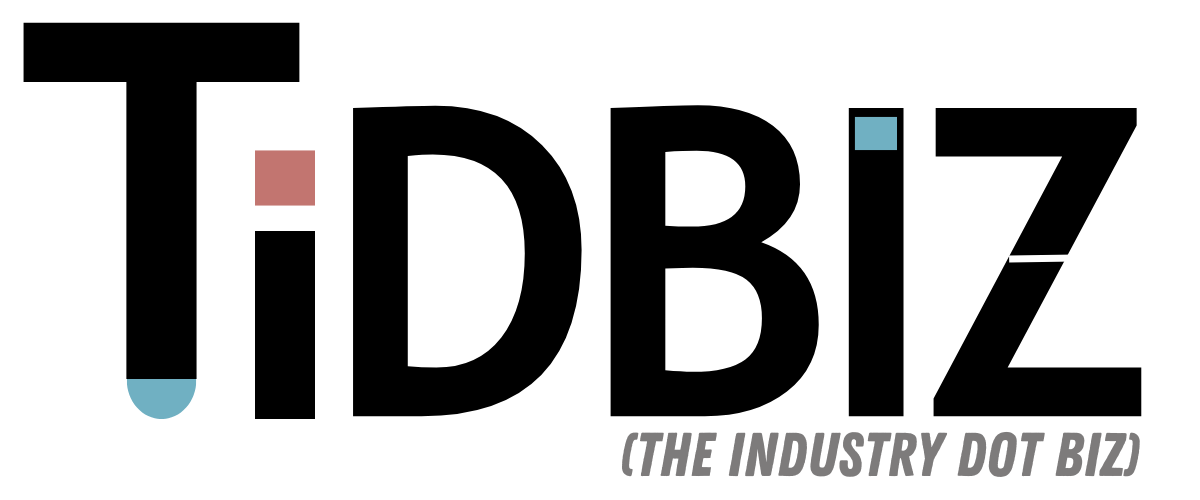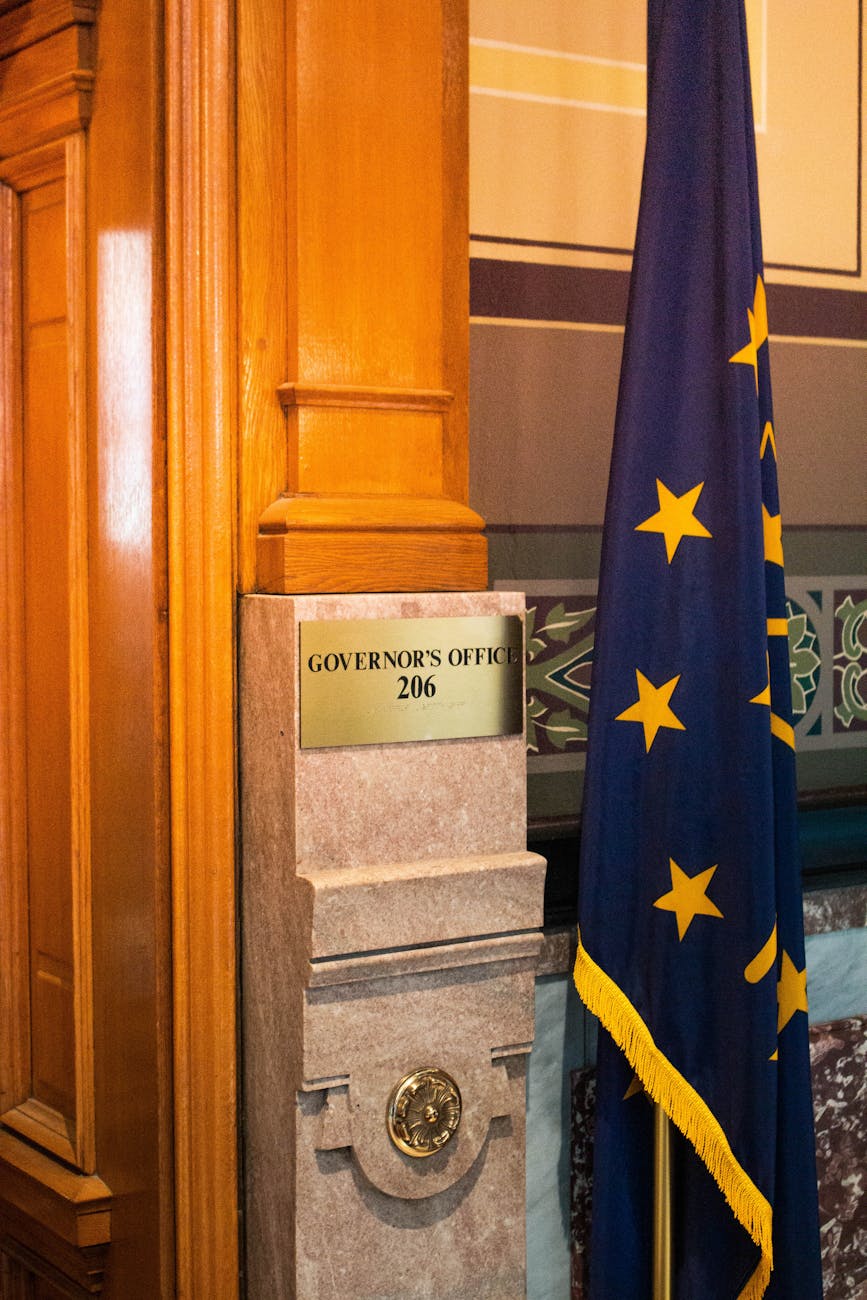Unveiling the Dark Online Footprint
In a shocking revelation, the recent shooting incident at Evergreen High School in Colorado has brought to light the troubling online activities of the alleged teen shooter. Reports indicate that months prior to the violent act, the shooter had an account on a notorious “violent gore” website. This discovery raises serious questions about the impact of online content on young minds and the potential warning signs that often go unnoticed.
The Role of Online Communities
Online communities can shape behavior, especially among impressionable teenagers. The shooter’s engagement with graphic content on such platforms may have contributed to a desensitization towards violence. The Anti-Defamation League (ADL) has underscored how exposure to extreme online material can influence individuals, pushing them towards committing acts of violence. The accessibility of disturbing imagery and narratives can distort a young person’s perception of reality, making violent actions seem more acceptable or even justified.
Warning Signs Ignored
This incident begs the question: what could have been done to prevent this tragedy? Friends, family, and educators often miss the subtle signs that indicate a young person is struggling with dangerous thoughts. In this case, the shooter’s online activity was not monitored closely enough, allowing harmful influences to fester. Awareness of a teenager’s online behavior is crucial, and it is vital for parents and guardians to engage with their children about the content they consume.
Addressing the Underlying Issues
While the online presence of the shooter is alarming, it is just one piece of a much larger puzzle. Mental health issues, social isolation, and a lack of support systems often play significant roles in the lead-up to such tragedies. Schools and communities need to prioritize mental health resources and create an environment where students feel safe to express their struggles. Identifying and addressing these underlying issues can be key in preventing future incidents.
Moving Forward
As the investigation continues, it is imperative for society to reflect on its role in protecting vulnerable youth. The intersection of online behavior, mental health, and access to resources must be navigated carefully. We must create a dialogue that emphasizes the dangers of lurking in dark corners of the internet and encourage open conversations about mental health. The goal is clear: prevent future tragedies by being proactive, not reactive.
Questions
What measures can parents take to monitor their children’s online activity effectively?
How can schools better support students struggling with mental health issues?
What role does society play in addressing the dangers of online content?


